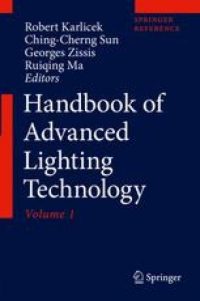We have witnessed the incredible progress in Phosphor-converted LEDs technology from around 10 lm/W efficacy in 1996 to now that is in excess of 170 lm/W. This efficacy value make the white LEDs an excellent candidates for the realization of the next-generation illumination devices. Also, LEDs are having small dimension, high robustness to atmospheric agents and shocks, and fast modulation speed that can be effectively exploited to achieve a linear control of the luminous output of the devices, by means of pulse width modulation (PWM) as well as visible light communication, an alternative to Wi-Fi; their applications have been extended over simple illumination. All these applications require the LEDs to operate reliably.
To ensure the reliability of LEDs under operation, it is important to understand the degradation mechanisms of LEDs under the three external operating conditions, namely, drive current, temperature, and moisture. The degradation of LEDs can be attributed to either the GaN chip itself or the LED package. In this chapter, we will focus only on the package degradation due to the operating conditions.
In view of the general packaging structure of high power LEDs, this chapter will examine the degradation of the several components in the packaging, namely the phosphor coating, die attach, silicone encapsulant, plastic lens, and bonding wire under the above mentioned operating conditions. Reliability prediction of the LEDs and the measurement methods to quantify their reliability will also be discussed, including LM-80 and TM-21.
Cher Ming Tan, “Component-Level Reliability: Physical Models and Testing Regulations,” Handbook of Advanced Lighting Technology; Springer, pp. 1-16, 2016.
https://link.springer.com/referenceworkentry/10.1007%2F978-3-319-00176-0_18
